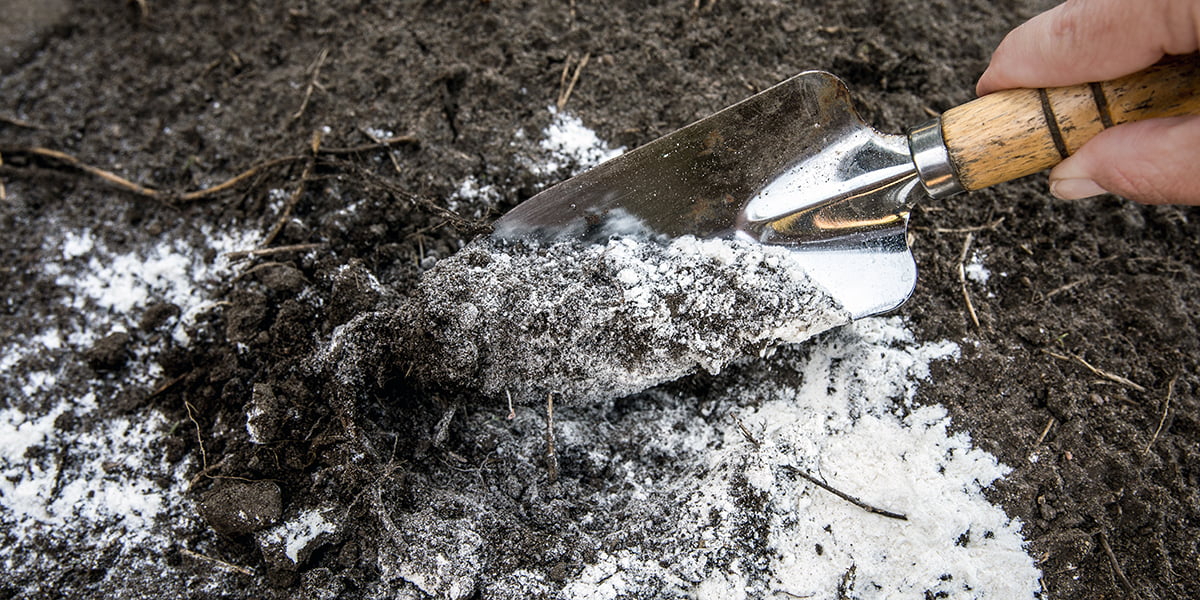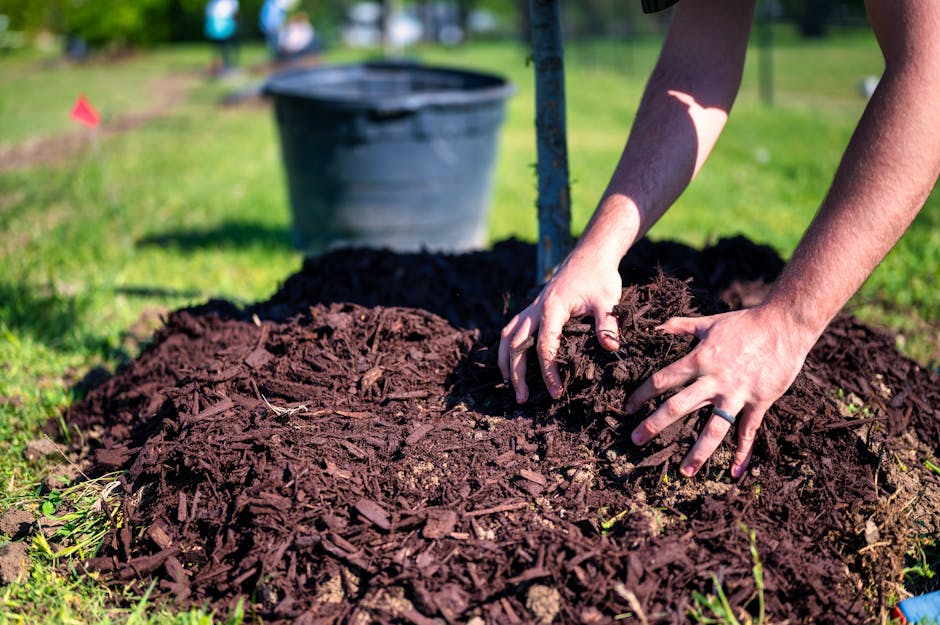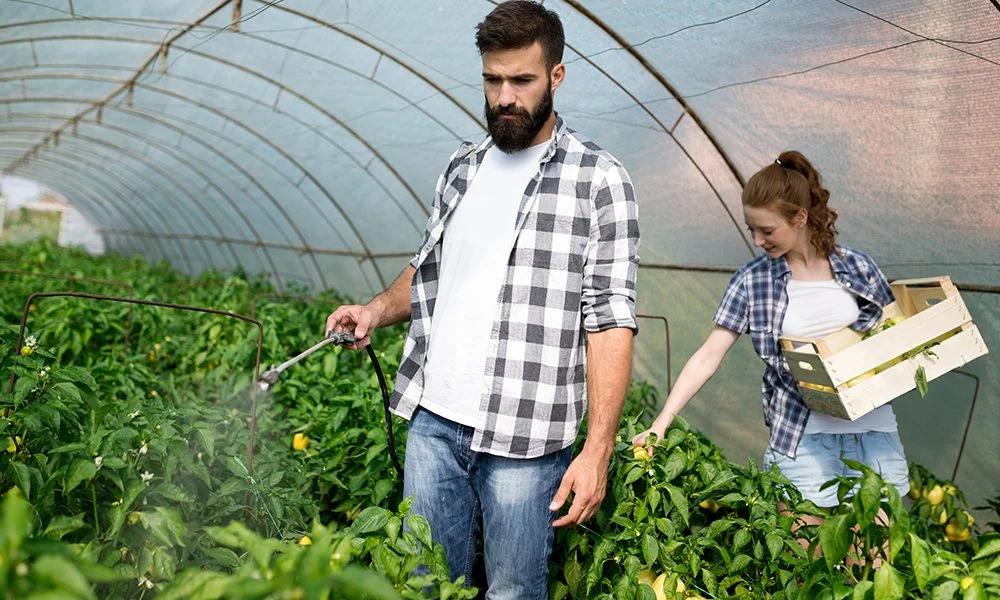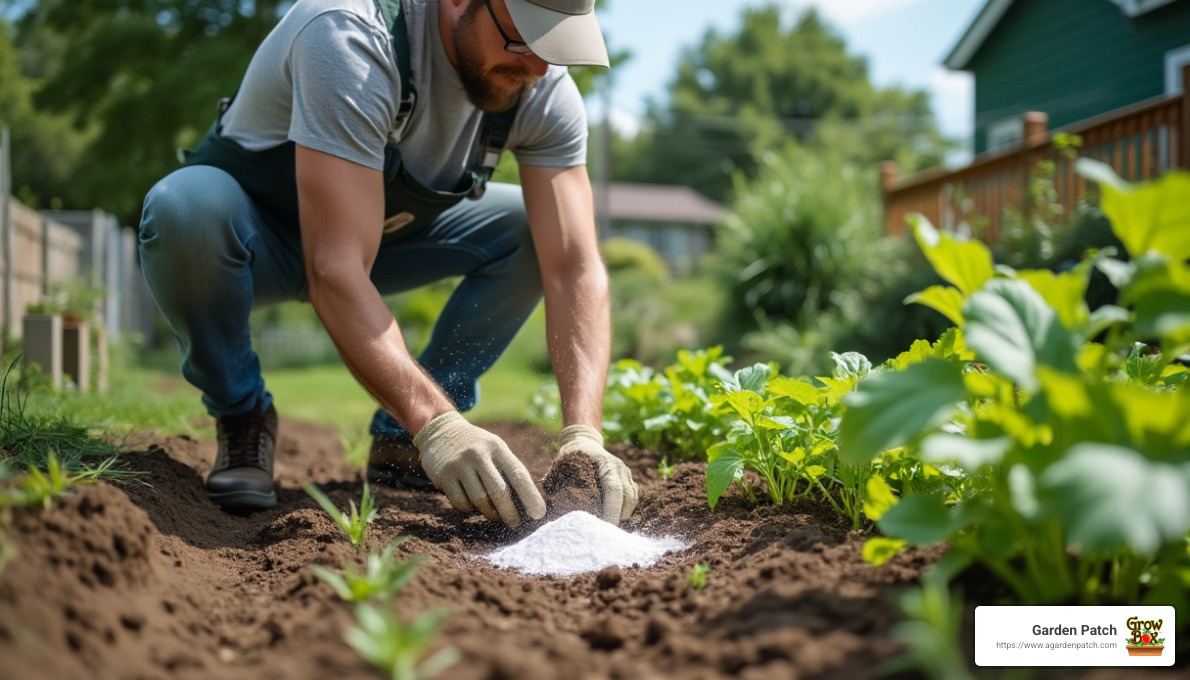Are you considering using lime in your home garden but not sure where to start or which type to buy? Are you confused about whether to use dolomite lime vs garden lime? The team at A Garden Patch is here to help you.
In general, gardeners use lime to balance the soil’s pH and nutrient levels for better growth of certain types of fruits and vegetables.
But there are some key differences between two popular types of lime: dolomite lime and garden lime. We’ve broken down what you need to know to help you understand which—if either—of them you need to use to keep your garden thriving.
If you decide that dolomite lime is right for your garden, then consider using A Garden Patch’s garden dolomite along with our GrowBox to make sure your plants have everything they need to grow properly in one easy-to-use planter.
What Is Garden Lime?
Garden lime, or agricultural lime, is finely ground limestone, a type of rock that consists primarily of calcium carbonate.
When you use it the right way, garden lime can increase your soil’s pH to create the ideal conditions for growing certain plants. By adding garden lime to your garden, you can make acidic soil more neutral.
You might notice yellowing leaves, stunted plant growth, and no fruit if you have highly acidic soil. Less acidic soil can help some fruits and vegetables absorb nutrients and grow better by changing the chemistry of the soil (sometimes called “sweetening” the soil). It can also help prevent issues like blossom end rot in tomatoes.
What Is Dolomite Lime?
Dolomite lime is similar to garden lime, but it’s made from finely ground dolomitic limestone. Dolomite lime contains magnesium carbonate in addition to calcium carbonate. Standard garden dolomite lime is about 50% calcium carbonate and 40% magnesium carbonate.
Like garden lime, dolomite lime changes the pH levels in the soil and help some plants absorb more nutrients. This type of lime can also help raise the magnesium levels in the soil.
Magnesium and calcium carbonate work together to create the needed conditions for certain types of plants. However, too much magnesium in your soil can cause problems. For that reason, it can be safest to use dolomite lime only when you know your soil has a magnesium deficiency or when the plants you’re growing need extra magnesium.
Choosing Lime for Your Garden
Choosing whether to use dolomite lime vs garden lime in your soil depends on a number of factors, including soil acidity and nutrient levels, what plants you’re growing, and soil hydration.
Soil Acidity
To know how acidic your soil is, you’ll need to test its pH level. You can do this with a home test or hire a professional to do it.
Generally, if your soil’s pH level is below 5.5, it’s acidic. A pH level between 5.5 and 6.5 is ideal for many fruits and vegetables to grow, but some need a higher pH level to survive.
If your soil is acidic, or if you’re growing plants that need a higher pH level to thrive, then you should consider using either garden lime or dolomite lime in your soil.
Soil Nutrient Levels
If you hire a professional to test your soil’s pH levels, then you can also find out your nutrient levels to get an idea of how much calcium and magnesium your soil contains.
Generally, if your soil’s calcium-to-magnesium ratio is 6:1, then it’s considered magnesium deficient. If this is the case, then you should consider using dolomite lime in your soil to boost magnesium levels for healthy plants.
What You’re Growing
Different types of fruits and vegetables require varying acidity and nutrient levels. Knowing what you want to plant in your garden and researching their ideal soil pH and nutrient levels can also help you decide what type of lime, if any, to use.
For example, plants that grow better in more alkaline soil include brussels sprouts, cabbage, cauliflower, asparagus, and beets. If you want to grow these vegetables, use garden lime in certain planters to create a healthy soil environment.
Certain plants, such as tomatoes, onions, and garlic, require more magnesium to thrive. You can add dolomite lime to planters where you plan to grow these plants, or skip the hassle and invest in a GrowBox, which comes pre-balanced with dolomite lime. Planting your tomatoes, onions, and more in a GrowBox ensures that the plants get the nutrients they need.
Soil Hydration
Because garden lime reacts better with water, you can also find it in a liquid form called hydrated lime. This could be a good option for your garden if you know you want to use garden lime but your soil is very dry.
Hydrated lime absorbs faster into the soil, meaning you’ll likely get the results you want more quickly than if you use dry lime. However, for that same reason, you might need to apply it more often than you would dry lime.
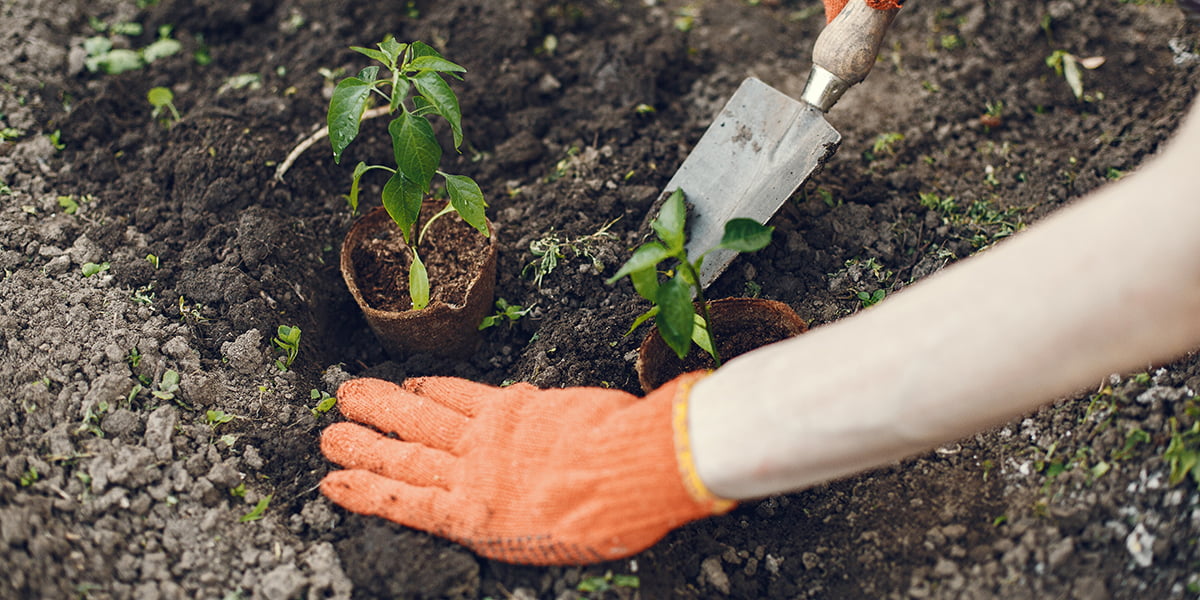
Taking the Guesswork out of Gardening with GrowBox
We recommend that you research the particular type of plants you want to grow and look into your soil conditions before deciding to use any type of lime. Using too much or using it in the wrong way can be very detrimental to your garden. There’s so much to learn about dolomite gardening benefits and all of the proper ways to use dolomite lime vs garden lime.
But we understand that this might feel overwhelming to even the most seasoned gardeners. That’s why we created A Garden Patch GrowBox—so you don’t have to resort to hours of research or guesswork to grow your garden.
We designed GrowBox for perfect spacing and proper and automatic fertilization, and it also comes with everything you need to grow your plants properly, including nutrient packs and dolomite lime for your tomatoes.
Order your GrowBox online or call us today at (800) 519-1955 to make your garden simple and full of thriving plants.

